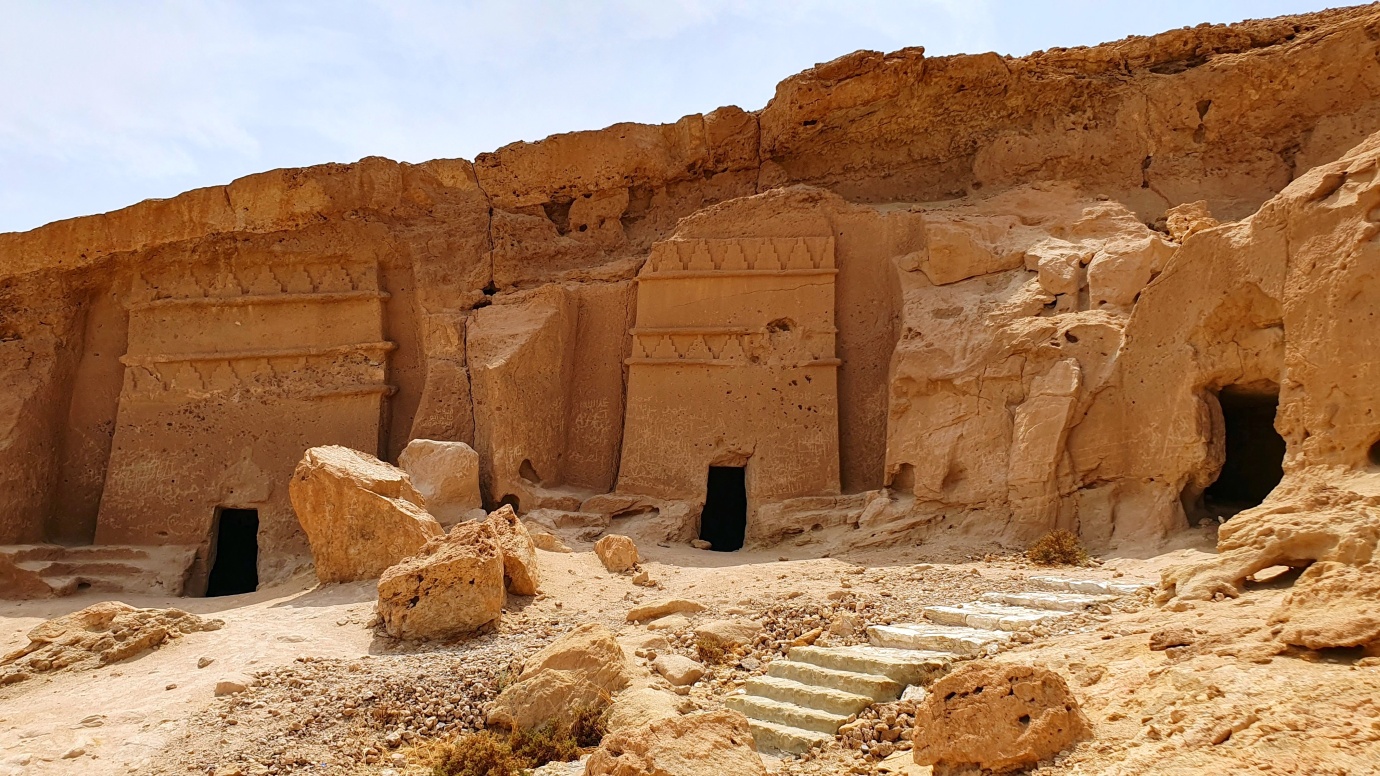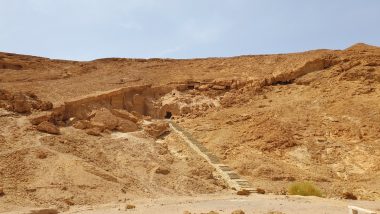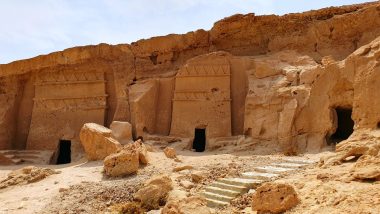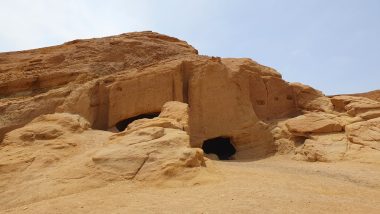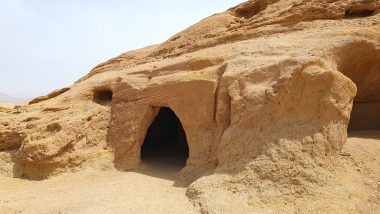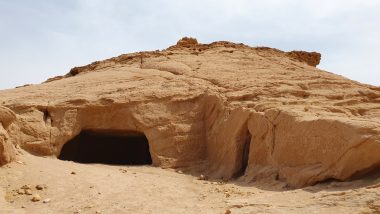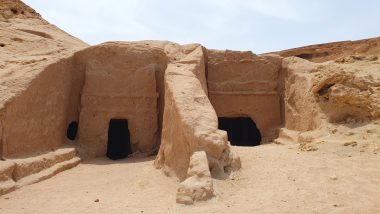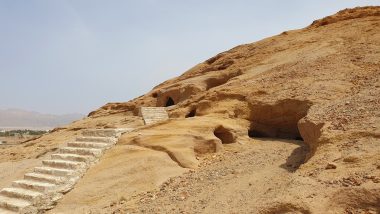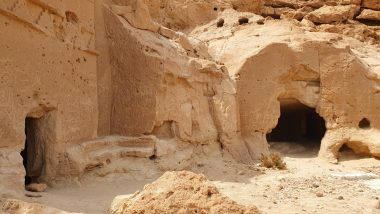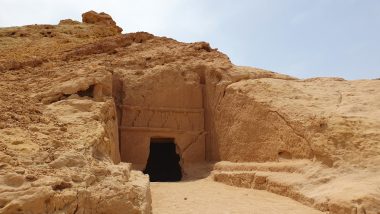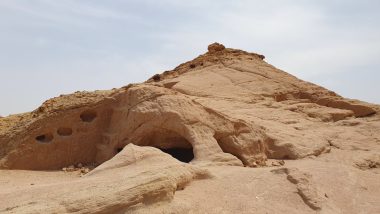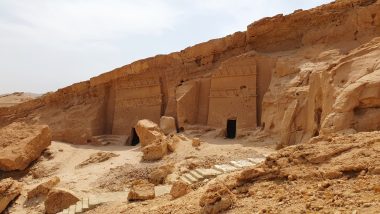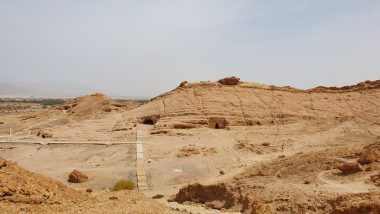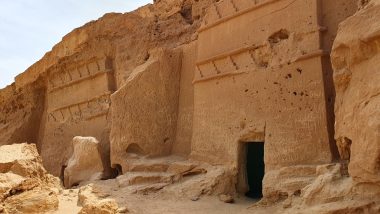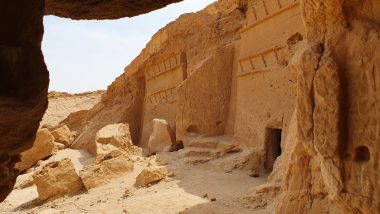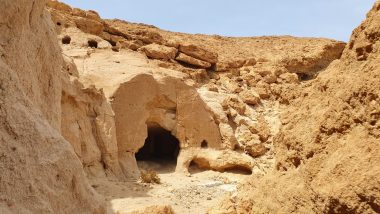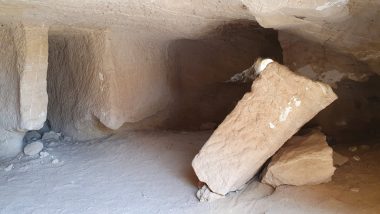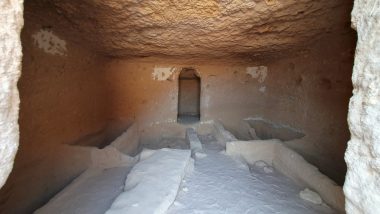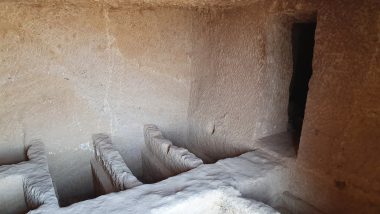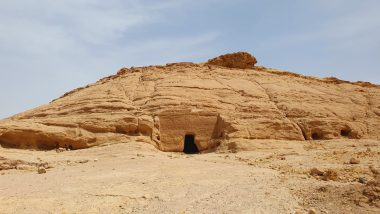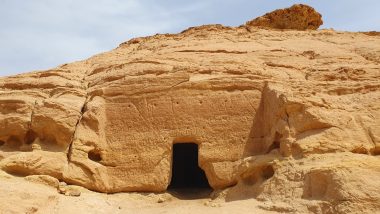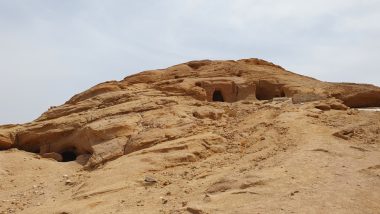We drove to the city of Al-Bada’, where 2017 started excavations of the ancient city of Madyan. It is located in the Wadi’ Afal, a broad, 50-kilometer-long valley oriented north-south that connects the Levant (Lebanon, Jordan, Palestine) to the western shore of Arabia and its great seaports such as Aynuna and Loke Kome.
Most scholars agree that Al-Bada’ is the ancient city of Madyan. However, there is no formal proof yet. They hope the Saudi-French archeological mission that started in 2017 confirms this hypothesis. Madyan, which refers to both a land and a city, probably dates back to the end of the 2nd millennium BC.
Madyan is known for where the Prophet Moses sought refuge after fleeing Egypt. There he met the Prophet Shu’ayb, who recognized in Moses a pure soul and gave him one of his daughters. Moses then lived with his wife and father-in-law for ten years in Madyan before returning to Egypt to free its people from Pharaoh Ramses II. On his way back, his people crossed the Gulf of Aqaba at Tayeb Al-Ism, also called the Canyon of Moses.
Madyan was a large and complex habitation area. Still, two main zones are identifiable: the residential area of Al-Maliha was probably fortified, and the Nabatean necropolis was dug in the hillsides of the Jebel Mussalla.
There are several theories about the functions of these monuments with ornamented façades. Still, the burial chambers dug inside on the ground support the idea of tombs similar to the ones at Petra in Jordan and Hegra in the Al-Ula region. The necropolis counts about 30 tombs, including some decorated with monumental façades of typical Nabatean style.
Parking location – Al-Bada’: 28.487907N 35.003641E (🚻)


